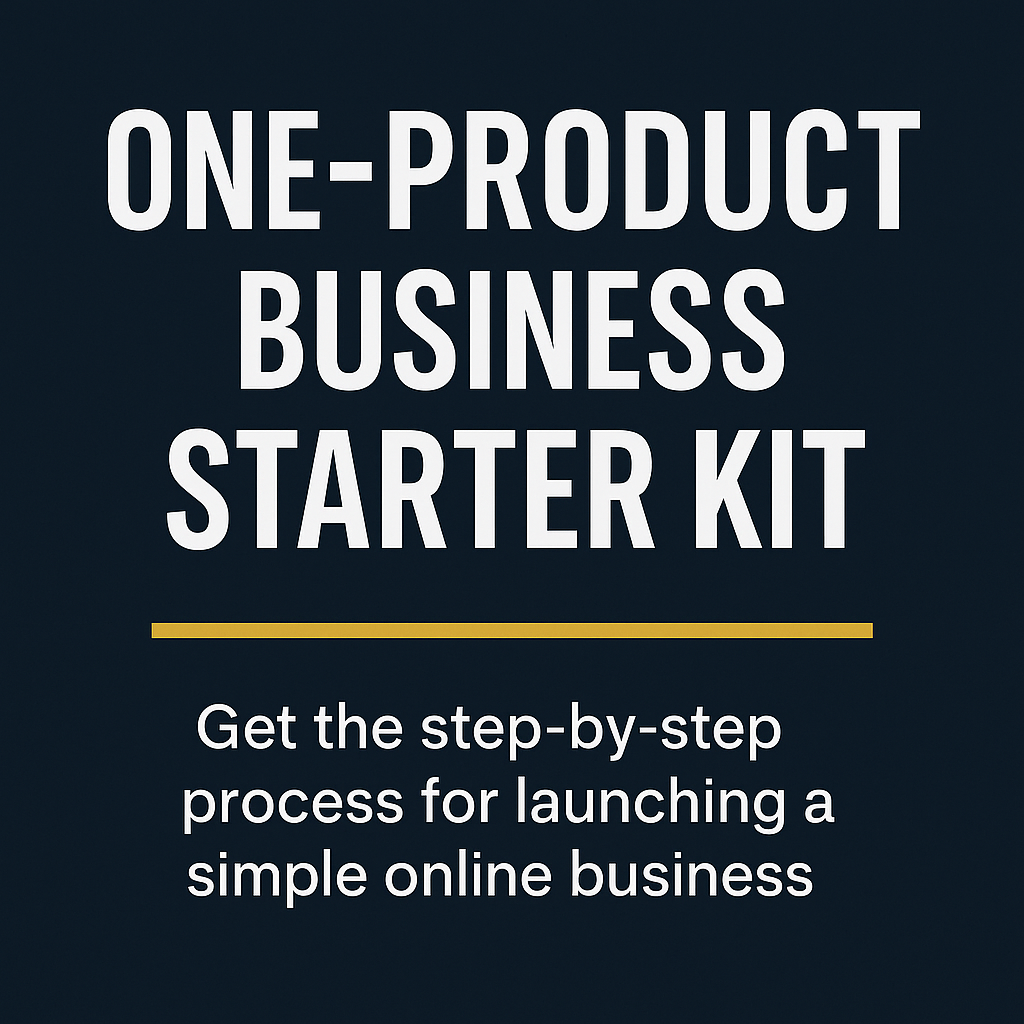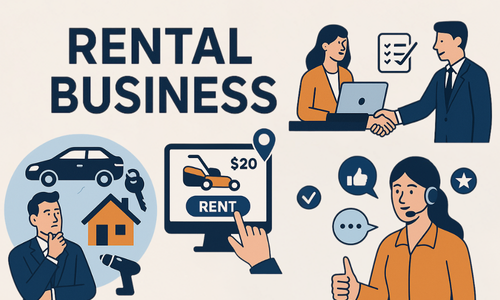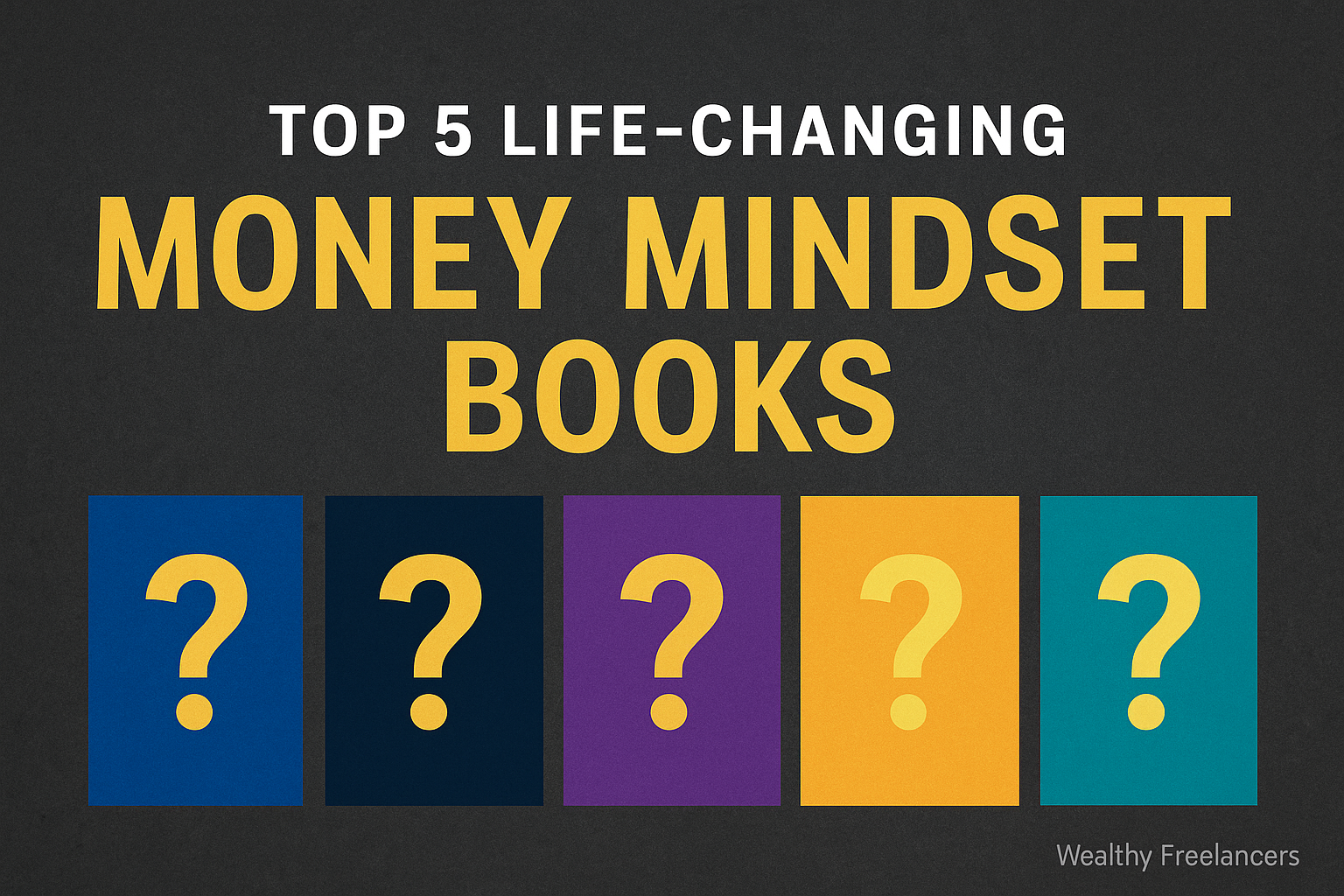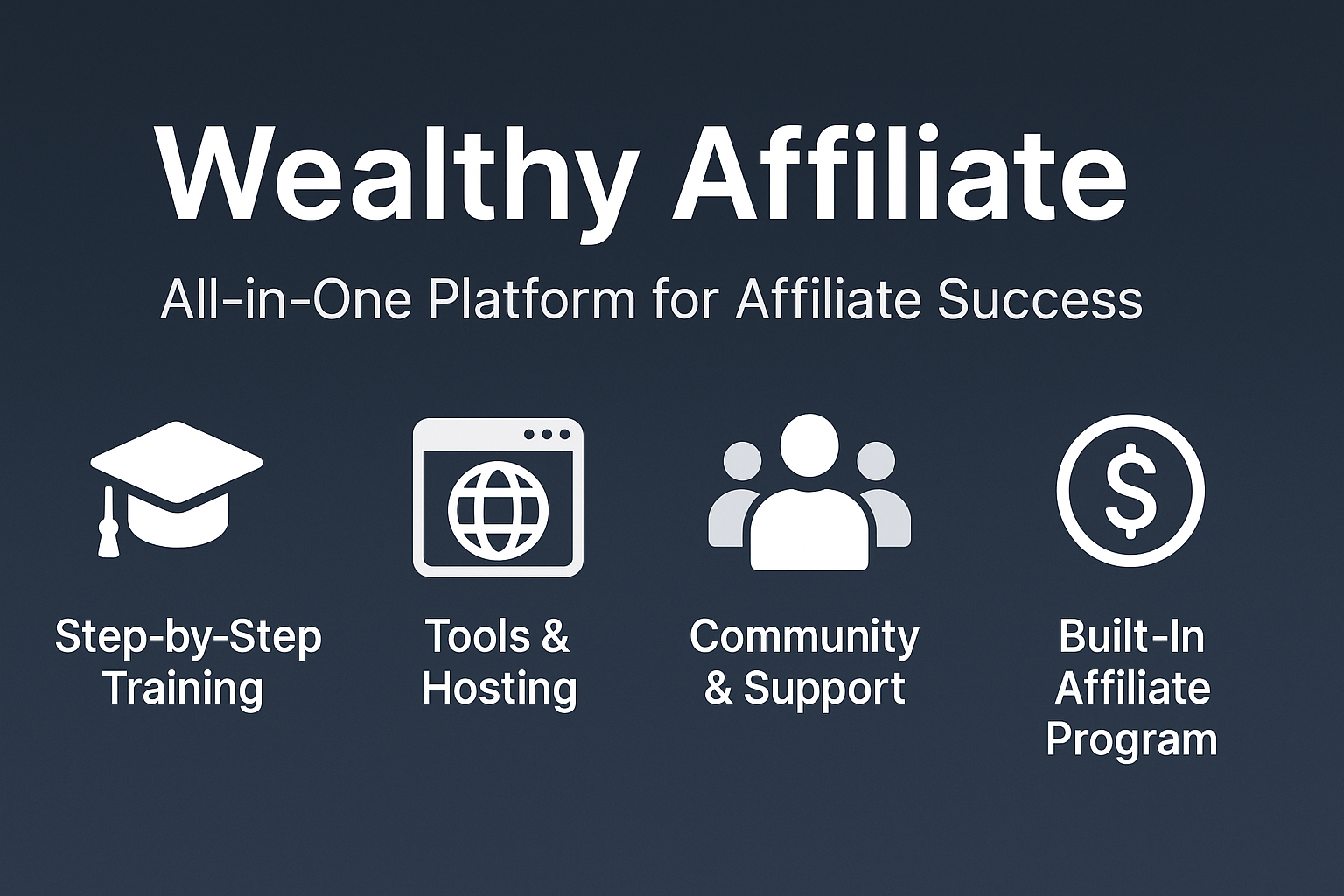If you’re trying to make real money online this year—but don’t want to waste months guessing what to sell—this is the blueprint.
It’s a lean, data-driven process that anyone can follow. You’ll use free AI tools, a real-time product sales tracker, and a basic Shopify store to launch something that solves a validated problem in the market.
No hype. Just strategy and execution.
Step 1: Use ChatGPT to Identify a High-Demand Problem
Go to ChatGPT and ask:
“What are the top 5 insecurities men and women face related to physical appearance?”
From the list, choose one problem to build your business around. For this example, let’s go with acne — a widespread issue with strong emotional pain points.
Then ask ChatGPT:
“What are three emotional challenges people experience related to acne?”
This gives you marketing language you can use for your product copy, ads, and targeting: things like self-consciousness, social anxiety, and frustration with ineffective treatments.
Step 2: Use Kalodata.com to Find Proven Products
Go to Kalodata.com. This tool tracks real-time product sales on TikTok Shop.
Search keywords related to the problem you chose—like “acne patches” or “blemish serum.” You’ll instantly see which products are already generating thousands (or hundreds of thousands) in sales every month.
For example, a trending acne patch brand might be doing $500,000+ in revenue over the last 30 days. That’s your validation—real products solving real problems with active buyer demand.
You’re not guessing. You’re tapping into what’s already working.
Step 3: Source a Similar (but Unique) Product
Go to a supplier marketplace like AliExpress, CJ Dropshipping, or Zendrop and find a product that solves the same problem—but isn’t a direct copy.
Look for:
- High review counts (100+)
- Strong ratings (4.7 or better)
- Product images and videos you can legally use or replicate
You’re aiming for problem-solution alignment, not imitation. And once you validate the product, you’ll want to move to better fulfillment options (US warehouse, branded packaging, etc.).
Step 4: Build a One-Page Shopify Store
Keep it simple. Your goal is to sell one thing that solves one problem. That means no bloated collections or complex funnels.
Your product page should include:
- A clear headline (e.g., “Clearer skin in 7 days—without harsh chemicals”)
- Compelling before/after visuals
- Key benefits in bullet form
- Simple pricing structure or bundle offer
- A fast, mobile-optimized checkout
You can use Shopify’s free themes (like Dawn), or add a drag-and-drop page builder for more flexibility.
Step 5: Recreate High-Performing Ads
Back on Kalodata, scroll down and look at the actual TikTok videos that drove the product’s sales.
These videos show you:
- Hooks that capture attention
- Pacing that holds viewers
- Visuals that convert
Recreate the format using your own version of the product, voiceover, or testimonial. Then publish it on Instagram Reels and Facebook—where the audience is likely unfamiliar with the TikTok original.
This tactic gives you a major edge: you’re introducing a validated product to a new platform.
Why This Works
- You’re solving emotional, high-demand problems
- You’re using AI to understand your audience
- You’re validating products with hard sales data from Kalodata
- You’re creating high-performing content based on proven ads
- You’re scaling through untapped audiences on Instagram and Facebook
This is not a trend — it’s a repeatable system.








Leave a Reply